Have you ever found yourself smiling just at the sight of a cartoon dog? Perhaps it was the round eyes, the oversized ears, or the silly expression that caught your attention. Cartoon canines have a unique charm and appeal, transcending age groups and cultures. From the classic designs of our childhood favorites to modern interpretations, the simplicity of a dog face can evoke joy and nostalgia. But what is it about these designs that tug at our heartstrings? Let’s dive into the world of cartoon canines and discover the delightful reasons behind their enduring popularity!
The Universal Appeal of Dogs
Dogs are often referred to as “man’s best friend,” and there’s no denying that their genuine spirit resonates with many. With a history intertwined with humans that goes back thousands of years, dogs embody loyalty and companionship. When you pair that emotional connection with cartoon artistry, you get designs that tug at our heartstrings while simultaneously sparking joy and laughter.
Understanding the Simplicity in Design
Cartoon dog faces usually feature bold shapes, exaggerated features, and minimalistic aesthetics. This simplicity not only makes them easily recognizable but also allows for a broad interpretation. Artists can playfully experiment with colors, expressions, and styles without losing the essence that makes a dog face “dog-like.”
The Playful Nature of Cartoon Dogs
Cartoon dogs often encapsulate playfulness, a trait closely associated with real dogs. Think of Scooby-Doo’s goofy demeanor or Snoopy’s imaginative adventures! Artists use exaggerated features—like droopy ears and big eyes—to emphasize this playfulness. The designs convey a sense of fun and lightheartedness, fostering a connection between the viewer and the character.
Iconic Cartoon Canines Through the Years
Cartoon canines have graced our screens and pages for decades, leaving imprints on pop culture. Characters like Pluto, Scooby-Doo, and Brian Griffin represent various stages and styles of dog design throughout history.
Classic Characters That Shaped the Genre
Let’s take a brief stroll down memory lane, shall we? In the realm of classic animation, one can’t overlook Disney’s Pluto. He sports a simple yet endearing design: round body, a smile, and expressive eyes that reflect emotions. This design has helped him become a timeless figure in animation.
Modern Interpretations: A Blend of Styles
Fast forward to the modern era, and we encounter a delightful mix of styles. Characters like Gromit from “Wallace & Gromit” and the energetic dog from “Adventure Time” bring innovative designs that still capture that classic dog face charm. These characters demonstrate that while styles may evolve, the core playfulness and appeal of cartoon canines remain consistent.
The Artistic Techniques Behind Cartoon Dog Faces
Creating a cartoon dog isn’t merely about slapping on some ears and a nose; it’s an art form that balances creativity and understanding of canine characteristics. Artists often employ techniques that emphasize the charming aspects of dogs while minimizing unnecessary details.
Exaggeration and Expression
One effective technique is exaggeration. By overemphasizing features like snouts or tails, artists can create endearing characters that evoke humor and joy. Simple lines can express a range of emotions—happiness, sadness, excitement—all without needing excessive detail.
Color Psychology in Character Design
Color plays a significant role in the appeal of cartoon canines. Bright colors tend to attract attention and evoke a sense of joy. For example, the vibrant red collar of Snoopy creates a stark contrast to his black and white body, making him instantly recognizable and cheerful.
The Role of Cartoon Dogs in Media
Cartoon canines have become ambassadors of fun, featuring prominently in TV shows, movies, video games, and merchandise. Aside from entertainment, these characters also carry messages and morals that can resonate deeply with audiences.
Moral Lessons Through Canine Characters
In many stories, dogs represent loyalty, friendship, and bravery. Characters like Balto from the movie of the same name teach valuable lessons about courage and perseverance. By connecting these values with lovable dog designs, creators instill important morals in viewers of all ages.
Influence on Fashion and Merchandise
The charm of cartoon canines has spilled over into fashion and merchandise. From T-shirts featuring cute designs to plush toys that cuddle like a real dog, the market is brimming with dog-themed products. These designs are not just for kids; adults also find joy in wearing or owning items featuring beloved canine characters.
The Therapeutic Power of Cartoon Dogs
Beyond entertainment, cartoon dog designs offer therapeutic benefits. Research has shown that viewing cute and cheerful things can have a positive impact on our mood. Imagine flipping on a cartoon featuring your favorite canine. Just seeing their innocent faces can uplift your spirit after a long day!
The Artistic Process of Creating Cartoon Canines
Creating a fun dog character goes beyond merely having an idea—it involves various steps and techniques. Artists start with brainstorming, sketching, and refining ideas to construct a character with personality. Here’s a glimpse of the process:
1. Ideation and Conceptualization
It all starts with an idea! Artists brainstorm various features and characteristics they want their cartoon dog to embody. Would they prefer a silly, goofy dog or a wise, old companion? This step lays the foundation for the creation process.
2. Sketching Out the Design
Once an idea is solidified, artists transition to sketching. These early drafts allow for exploration of how features will harmonize together, creating a character that feels cohesive and engaging.
3. Refinement and Colorization
After perfecting the sketches, the next step is to finalize the design and add colors. This stage requires an eye for detail, as every choice—whether to go vibrant or muted—impacts the character’s appeal.
4. Bringing It to Life
Finally, the character is animated or illustrated for use in media. This could involve creating expressive movements or adding unique quirks that add depth and personality. The journey leads to a delightful cartoon dog that captures hearts!
How to Create Your Own Cartoon Canines
Feeling inspired to create your own cartoon canine? Here’s a simple guide to get started!
1. Gather Inspiration
Take a look at existing cartoon canines for inspiration. Observe how they are designed, what features stand out, and consider how they convey emotion.
2. Sketch Your Ideas
Don’t worry about perfection at first! Just let your ideas flow. Experiment with different shapes and facial expressions—make them goofy or grumpy!
3. Refine Your Design
Choose your favorite sketches and refine them. Align your design’s features with the personality you envision—if they’re playful, give them expressive eyes and a huge smile.
4. Bring It to Life with Color
Select colors that resonate with your character’s personality. Bright, cheerful colors evoke happiness, while muted tones can give a more serious vibe.
5. Share Your Creation!
Once you’re satisfied, share your cartoon canine with friends, family, or on social media. You never know—they might love it and inspire you to create more!
The Continuing Legacy of Cartoon Canines
As we move further into an era of technology and digital media, the charm of cartoon canines certainly adapts. Animated features on streaming platforms, mobile games, and social media give these furry characters new life. From memes featuring playful puppies to animated characters that steal the show in films, cartoony canine designs reach a diverse audience.
Conclusion: Why We Love Cartoon Canines
In a world filled with complexities, cartoon canines remind us of the simple joys of companionship and laughter. Their charming designs, rooted in playfulness and warmth, create emotional connections that transcend age and culture. Whether they are bouncing across our screens or gracing our attire, the delightful faces of cartoon dogs bring smiles to our faces and warmth to our hearts. So the next time you encounter a cartoon canine, take a moment to appreciate the artistry behind that simple, joyful design!
Frequently Asked Questions (FAQ)
What makes cartoon dog designs appealing to people of all ages?
The simplicity and boldness of cartoon dog designs captivate viewers. These characters often evoke nostalgia and joy, making them universally relatable across different generations.
How can I create my own cartoon dog character?
You can start by sketching different designs, experimenting with shapes and expressions. Focus on developing a distinct personality and choose colors that align with the character’s traits.
Why do cartoon canines often possess exaggerated features?
Exaggerated features enhance the character’s playfulness, making them more relatable and engaging. This allows artists to convey emotions more effectively, connecting with audiences on a deeper level.
What are some famous cartoon dogs I might know?
Iconic cartoon dogs include Scooby-Doo, Snoopy, Pluto, and Brian Griffin. Each character has unique traits and designs that have endured over the years, appealing to fans across generations.
Are there therapeutic benefits associated with viewing cartoons featuring dogs?
Yes! Watching cute, cheerful cartoon dogs can boost your mood, reduce stress, and promote feelings of happiness. Their playful nature often leads to smiles and laughter, which are beneficial for mental health.
How have cartoon dogs influenced pop culture?
Cartoon dogs have become significant figures in pop culture, represented in films, television, merchandise, and even memes. They are symbols of joy, friendship, and loyalty, resonating with people worldwide.
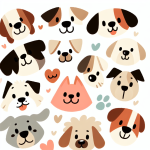
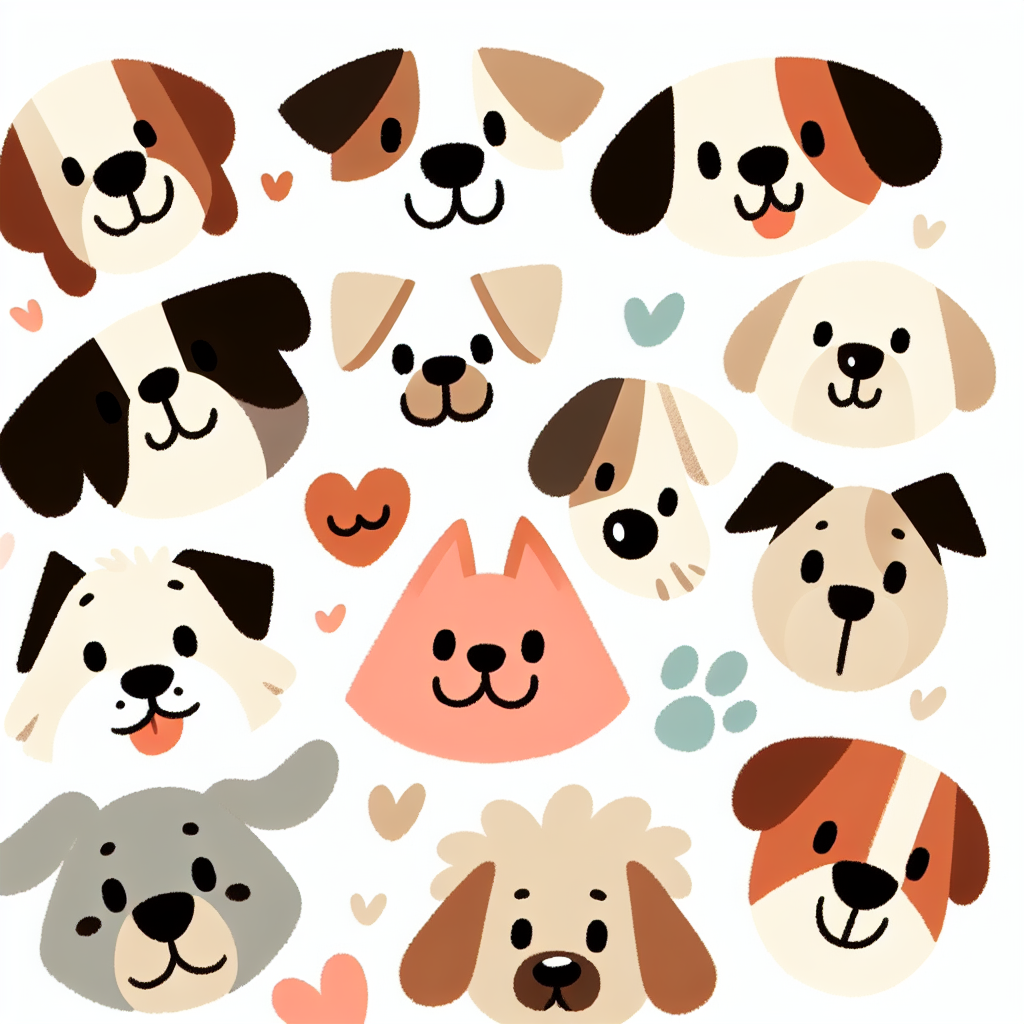
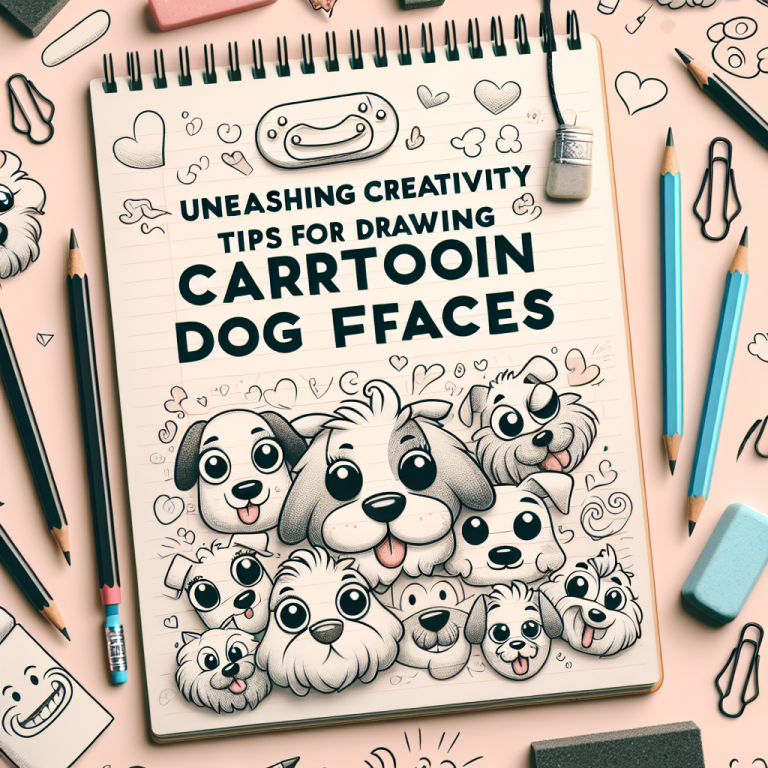
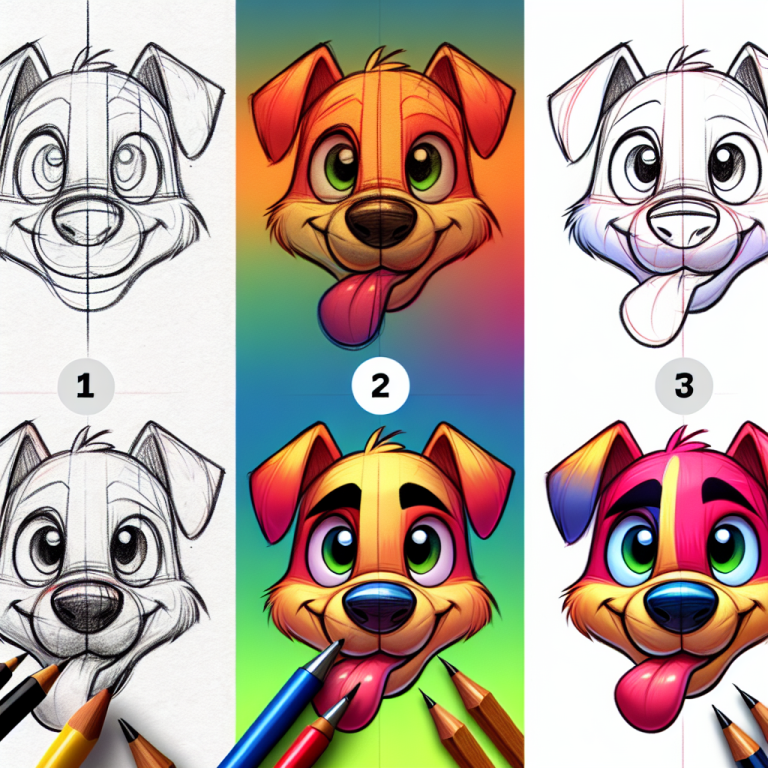
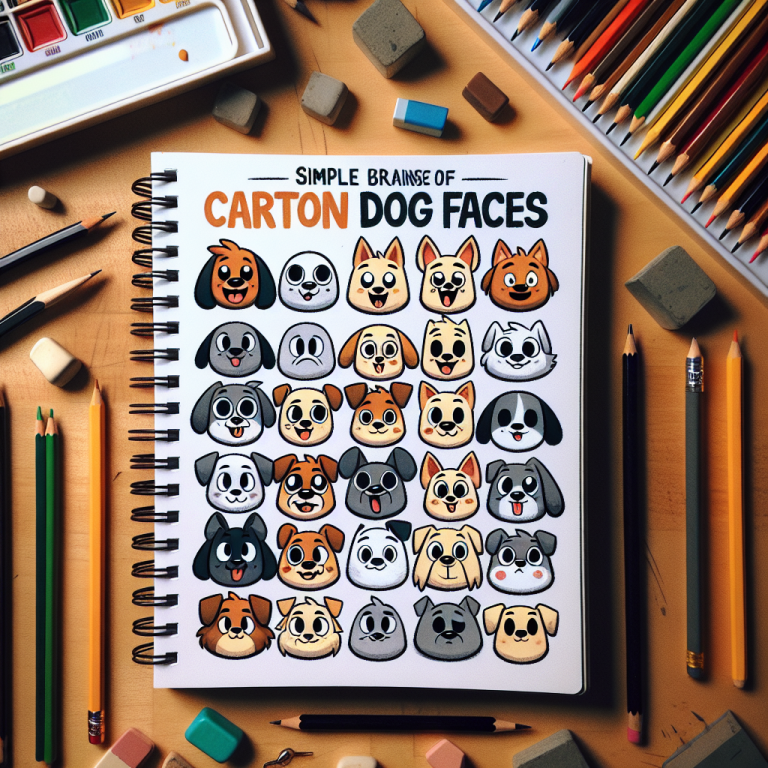
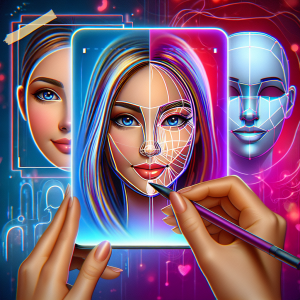
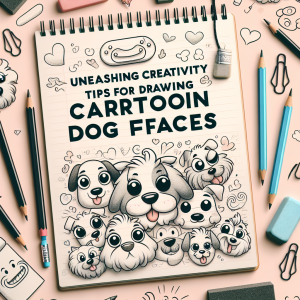
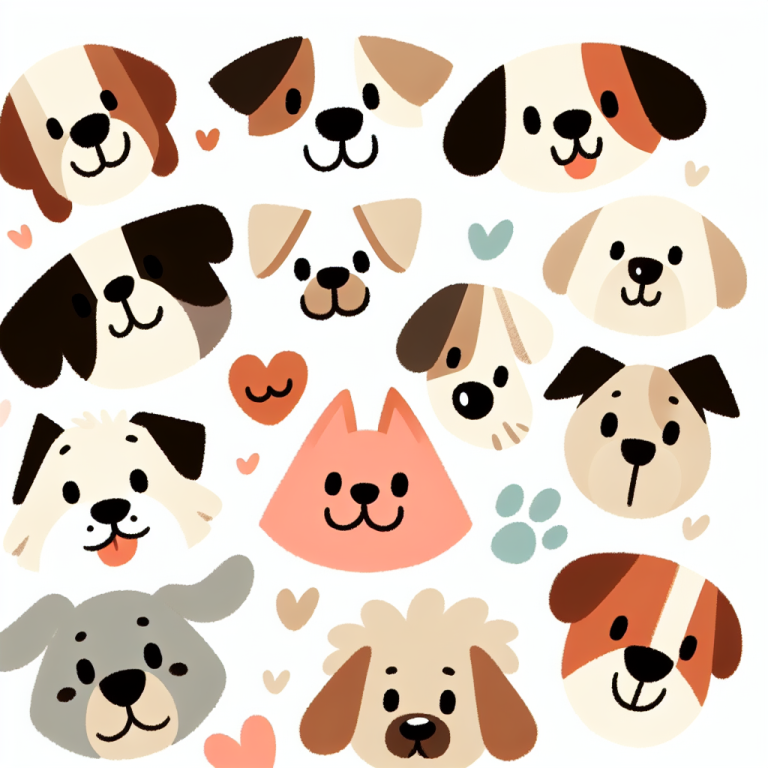
+ There are no comments
Add yours